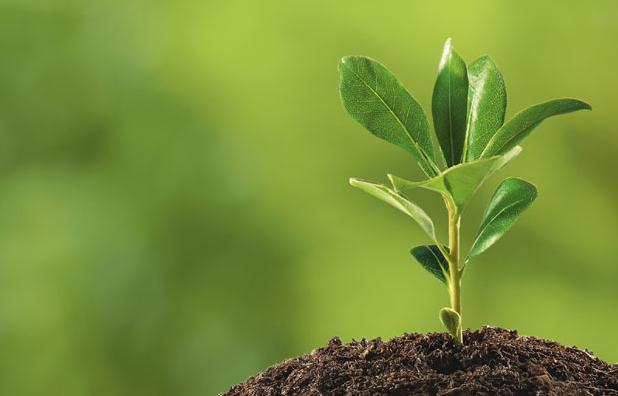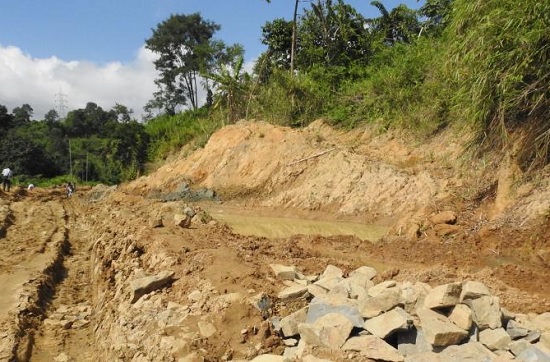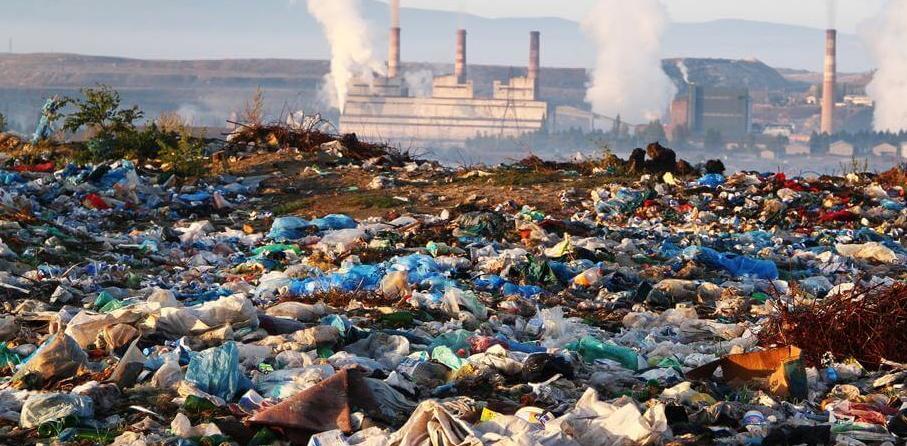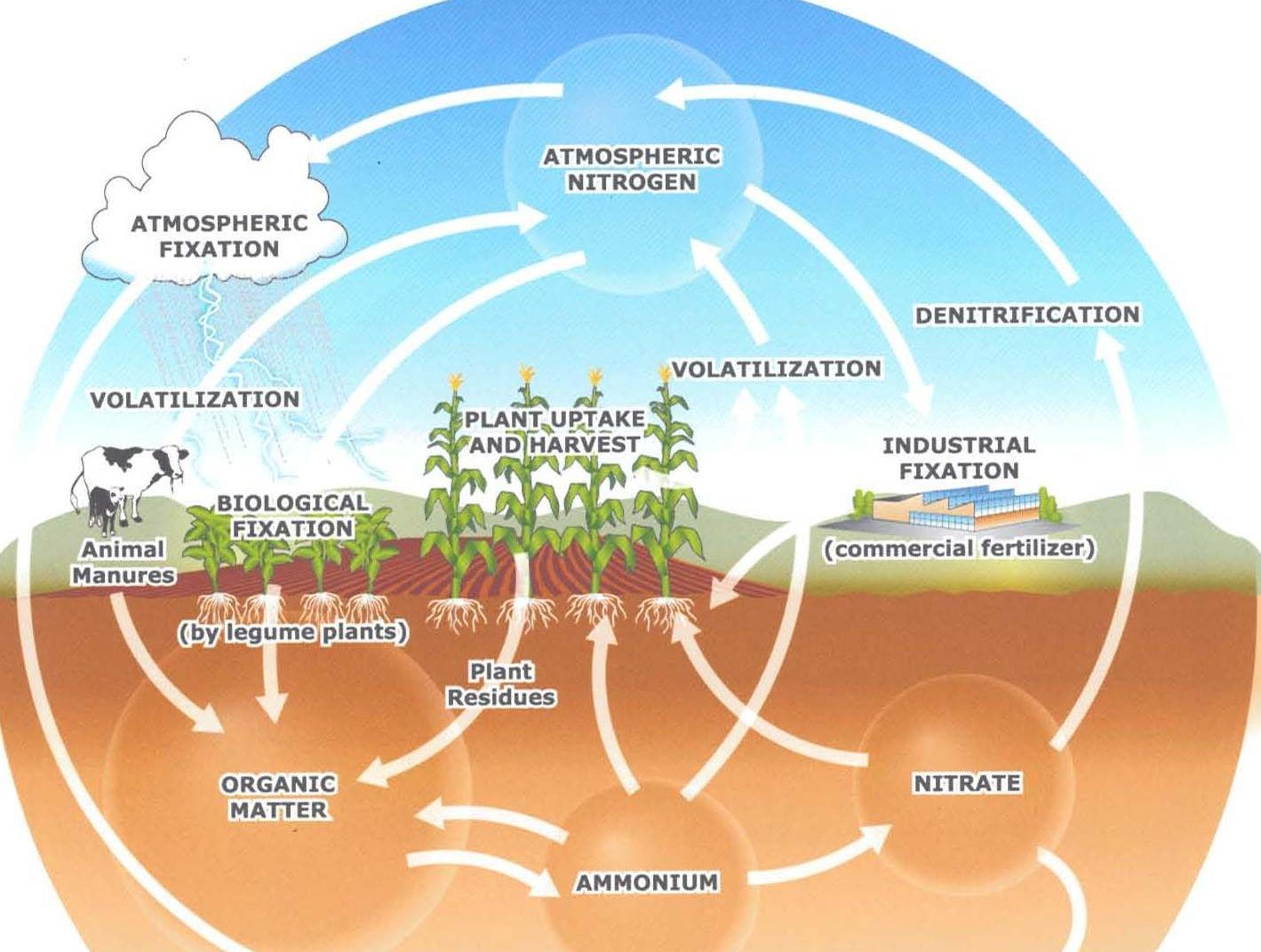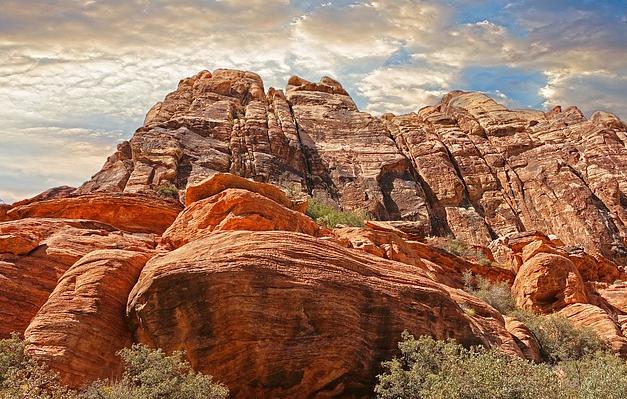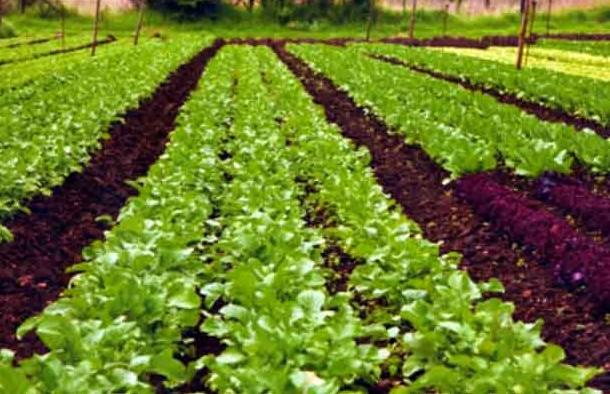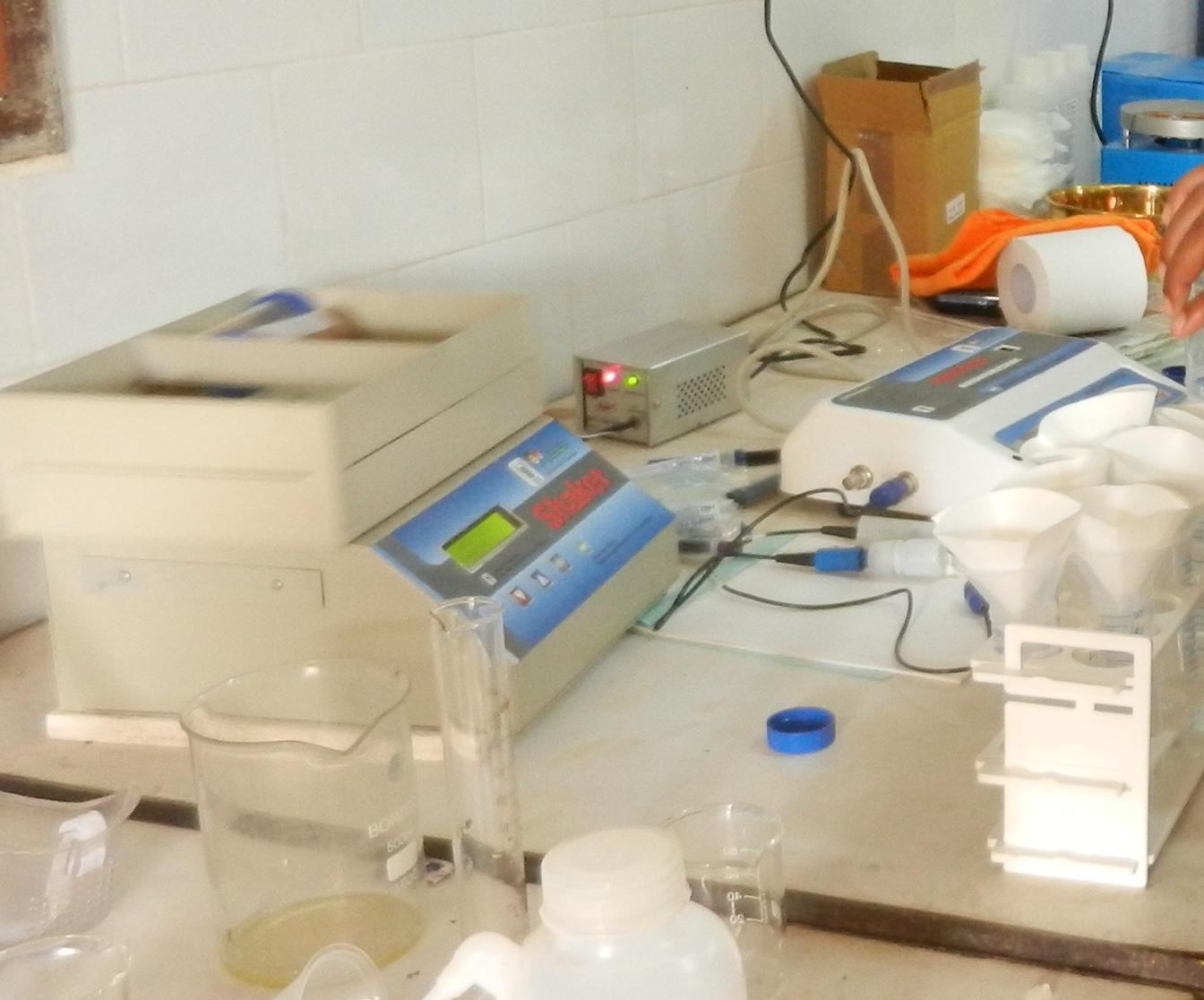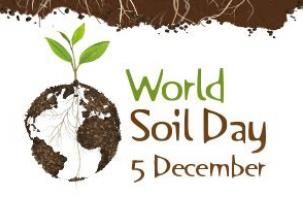Updated By: LatestGKGS Desk
Soil, Types of soil: About, Composition, Details, Types of Soil
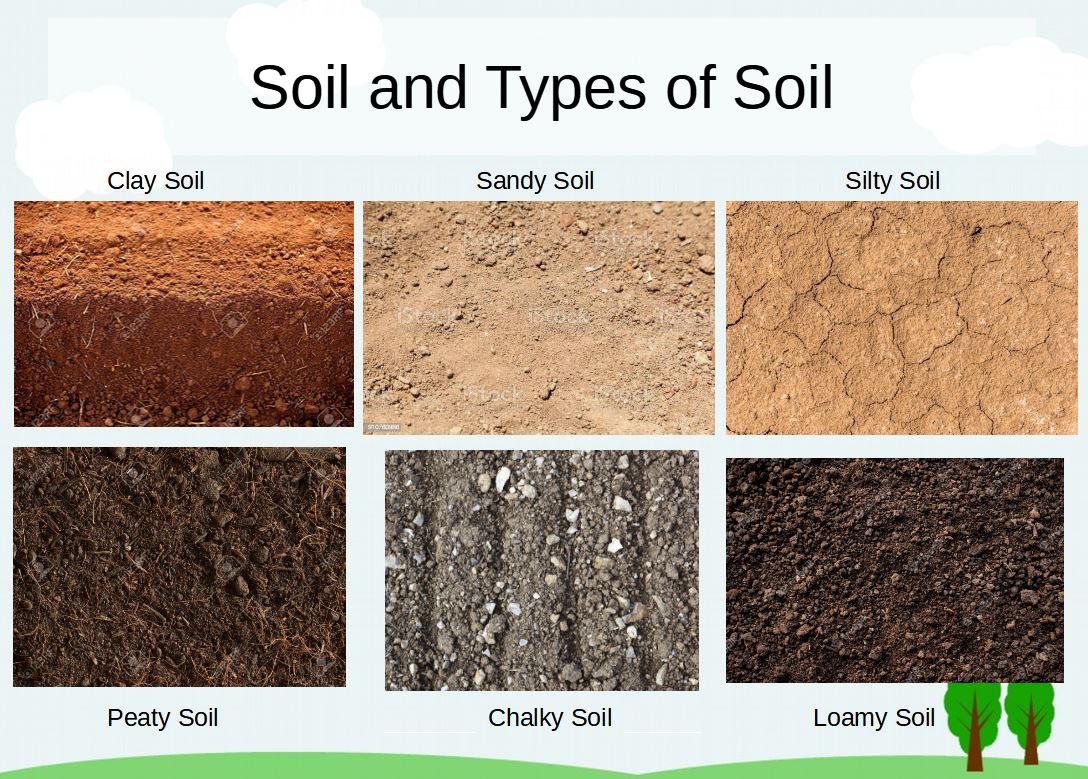
Soil and it's type
The loose surface layer that covers the majority of land is known as soil. It is made up of both inorganic and organic particles. Soil provides structural support for agricultural plants as well as a source of water and nutrients.
Chemical and physical qualities of soils vary widely. Leaching, weathering, and microbiological activity all work together to create a diverse spectrum of soil types. For agricultural output, each variety has distinct strengths and limitations.
There are six different types of soil:
Clay- Clay is a fine-grained natural soil material that is rich in clay minerals. When wet, clays become plastic due to a molecular film of water surrounding the clay particles, but when dry or fired, they become hard, brittle, and non–plastic.
Sandy- Sandy soils are often coarse grained till 50 cm depth, retaining few nutrients and having a limited water retention capacity as a result. Improved soil characteristics and crop yield are aided by soil management measures that increase the fine fraction.
Silty- Silty soil, unlike grainy or rocky soil, is slippery when wet. If the silt component of the soil is greater than 80%, the soil is classified as silt. Siltstone is formed when silt deposits are squeezed and the grains of silt are forced together. Water and ice erode or wear away rock, resulting in the formation of silt.
Peaty- Peat soils are made up of partially degraded plant matter that has been saturated with anaerobic water. They live in peatlands (sometimes known as bogs or mires).... These are soils with a lot of organic stuff in them. Moisture and temperature have an impact on peat formation.
Chalky- Chalky soils are frequently shallow, rocky, and free-draining, and organic matter applied to them can quickly disintegrate, making them difficult to keep fruitful. The plants' roots are unable to absorb iron and manganese, resulting in poor growth and yellowing leaves (chlorosis).
Loamy soil- Loam is a form of soil that combines the three primary types of soil: sand, silt, and clay. Loam soil should, in general, include equal amounts of all three soil types. The perfect soil texture for plant growth is created by this combination of soil types.



